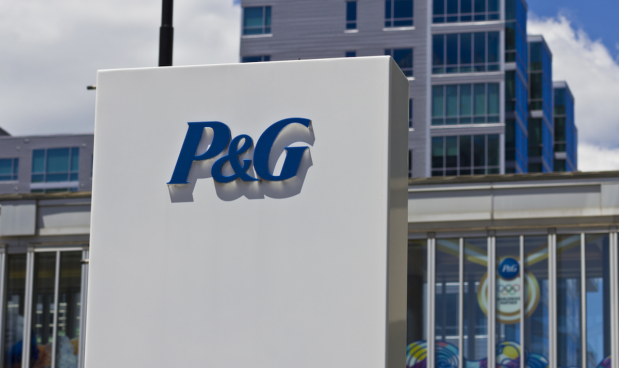P&G: Shoppers Are Done Trading Down to Private-Label

Many consumers may have traded down to private-label brands in earlier stages of the current period of high inflation, but now, according to Procter & Gamble, shoppers are consistently staying loyal to their favorite name brands.
On a call with analysts Friday (April 19) discussing the consumer-packaged goods (CPG) giant’s third-quarter fiscal 2024 financial results, Chief Financial Officer Andre Schulten said consumers are sticking with national brands, no longer sacrificing them for lower-priced store-brand options.
“Private label shares, value shares, are actually very stable — 16.4% [in the] past 1 month and 16.4% [in the] past 12 months,” Schulten said. “So, consumers are not trading down within the U.S. towards private label.”
In fact, he maintained, “if anything,” shoppers “continue to trade up,” for instance shifting from liquid detergents to pods.
“So, no worries in terms of trade down,” Schulten said.
Indeed, PYMNTS Intelligence research affirms that trade down with specific products is less common among shoppers than other budgeting behavior, per the February/March study “New Reality Check: The Paycheck-to-Paycheck Report: Why One-Third of High Earners Live Paycheck to Paycheck.” The report, which drew from a survey of more than 4,000 U.S. consumers, found that, in response to product price increases, 60% of shoppers have cut down on nonessential retail purchases, and half have turned to cheaper retail merchants.
In contrast, only 45% of low-income shoppers (those who make less than $50K annually), 41% of middle-income ($50K to $100K), and 28% of high-income shoppers said they had traded down on quality in the previous year.
Granted, while trade-down may be tapering off, it seems Procter & Gamble still does not trust shoppers to go along with too much more inflation. The company is reportedly finally expecting its price increase contribution to sales growth to decrease going forward after nine consecutive quarters of raising prices more than 1%
Still, it seems that, while consumers continue to want name brands, they are willing to shift from their previous favorites if the price increases strain their budgets too much, as Louise Fritjofsson, co-founder of online overstock grocery seller Martie, told PYMNTS in a recent interview.
“Our users are … not coming to buy the same brand again and again,” she said. “They want to see that they recognize brands in the experience, and then they are going to shop for the best price.”
While consumers may not want to scrimp on their products, they may also not want to splurge on premium. Schulten noted on Friday’s call that the real “opportunity” to drive growth in the United States is “on the mid-tier.”
Overall, consumers’ anxieties about price continue.
“Even though the monthly rate of inflation has declined dramatically over the last 12 months to roughly 3.1%, overall prices have increased by 18% since January 2021,” PYMNTS’ Karen Webster observed in February. “That’s why the crowing about reduction in monthly CPI continues to fall on deaf consumer ears. It’s their grocery store receipts that consumers look at when they say their wages have not kept pace with inflation.”

